Beginner’s guide to patenting a product or idea
Industrial design is an ever-evolving field. With new products being developed every day, it’s important to know how to protect your product from being copied or otherwise misused. Patenting your product can be a great tool for protecting your intellectual property, but there are both benefits and drawbacks associated with the process. Let’s explore why you may want to patent a product and the potential pitfalls.
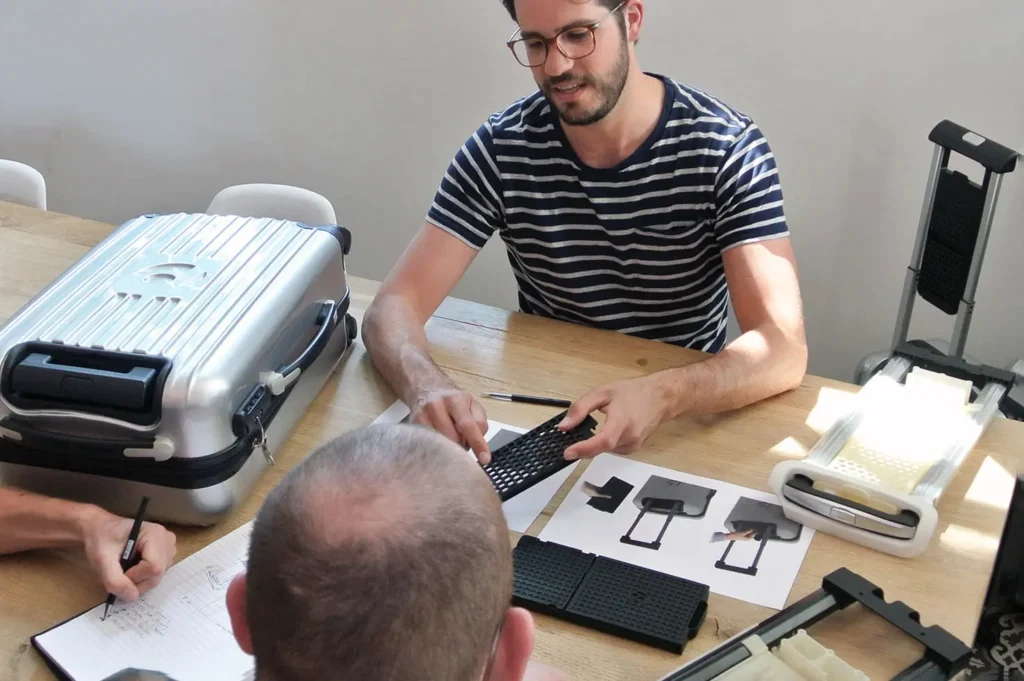
What is a Patent?
A patent is an exclusive right granted by the government to an inventor for their invention. The main purpose of a product patent is to give the inventor full control over their invention so that they can prevent others from using or copying it. Patenting an idea gives you exclusive rights to use your invention for a set period of time (usually 20 years). Having exclusive rights means you can make money off your product with less fear of someone else stealing it from you or profiting from it without your permission. It also creates and additional threshold for competitors from copying your idea or product so they don’t gain an unfair advantage in the marketplace. But always take into account that a patent on invention does not guarantee copycats to stay away, if your product is successful copies will always arise in the market. But by patenting a product in a smart way and with the right lawyers behind you it should be possible to fend copycats off the market.
PROCESS FOR PATENTING AN INVENTION
The process for patenting an invention starts with researching existing patents to make sure yours is truly and technologically novel and non-obvious. This can be done through online databases like Google Patents or through consultations with experienced IP lawyers who specialize in patents. At ManGo, we work with several IP law firms that we can introduce our clients to. The time to file a patent can be quite lengthy so often clients want to pursue to patent an idea early on. This is not always the optimal time as during the development process an initial patent invention idea might not pan out. If there are complex technical challenges it is wise to wait until a Proof Of Concept prototype has been made and validated, before filing for a patent.
Once it has determined that your idea is eligible for patent protection, the next step is to begin the process to patent a product. This involves filing an application with the United States or EU Patent and Trademark Office which will require detailed information about your product as well as drawings or diagrams illustrating how it works. Additionally, it must be proven that your patent idea meets certain criteria in order to qualify. ManGo has worked on many product developments that have been patented. In most of these processes we closely collaborate with patent lawyers to ensure the design is created in such a way allowing for the strongest possible patent on the invention. Sometimes this results in creating a generic patent or having to patent several versions of a product idea to ensure competitors cannot easily find a workaround. The process to patent an idea can take anywhere from 6 months to several years depending on the complexity of your invention and whether or not any disputes arise during this time period. And never forget that it is not allowed to publish or show your patent idea publicly before having it filed. Once an idea has become part of the public domain it becomes impossible to get a patent approved.
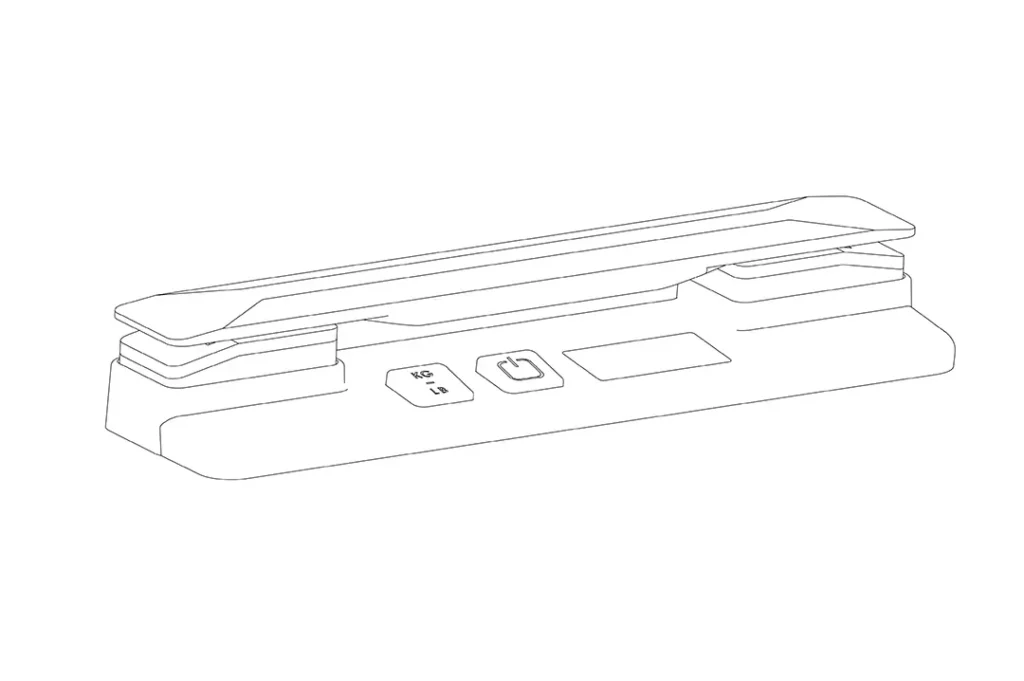
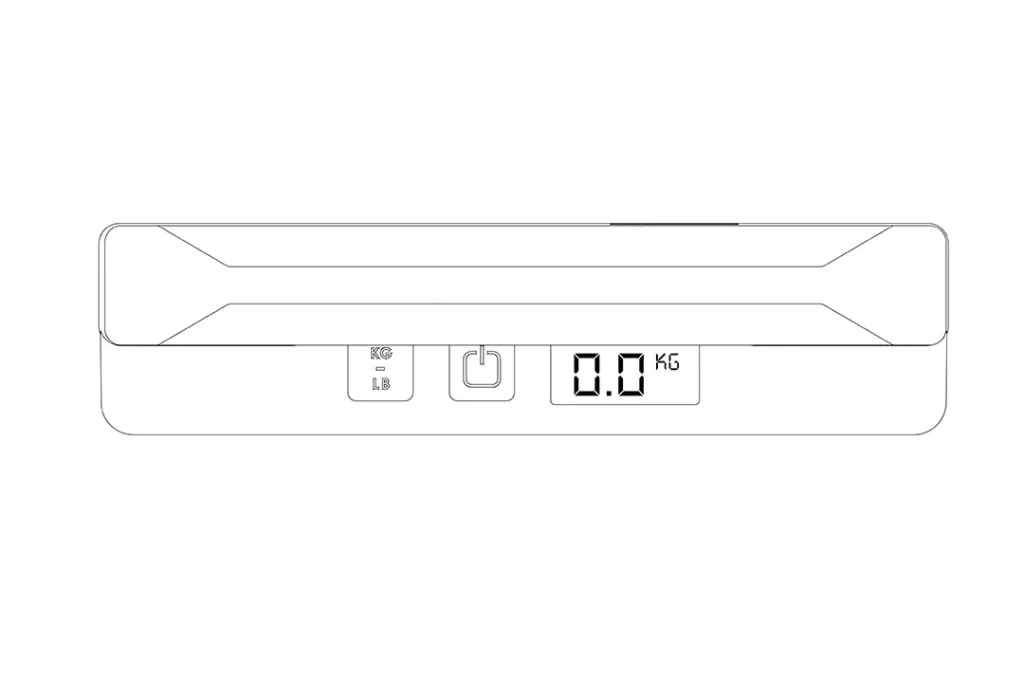
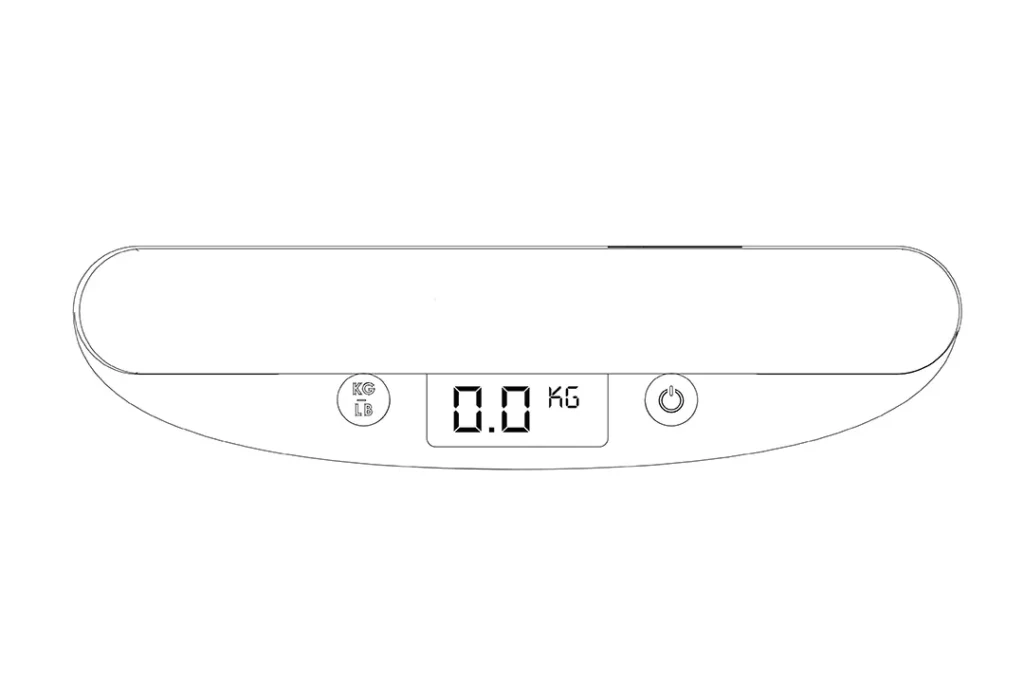
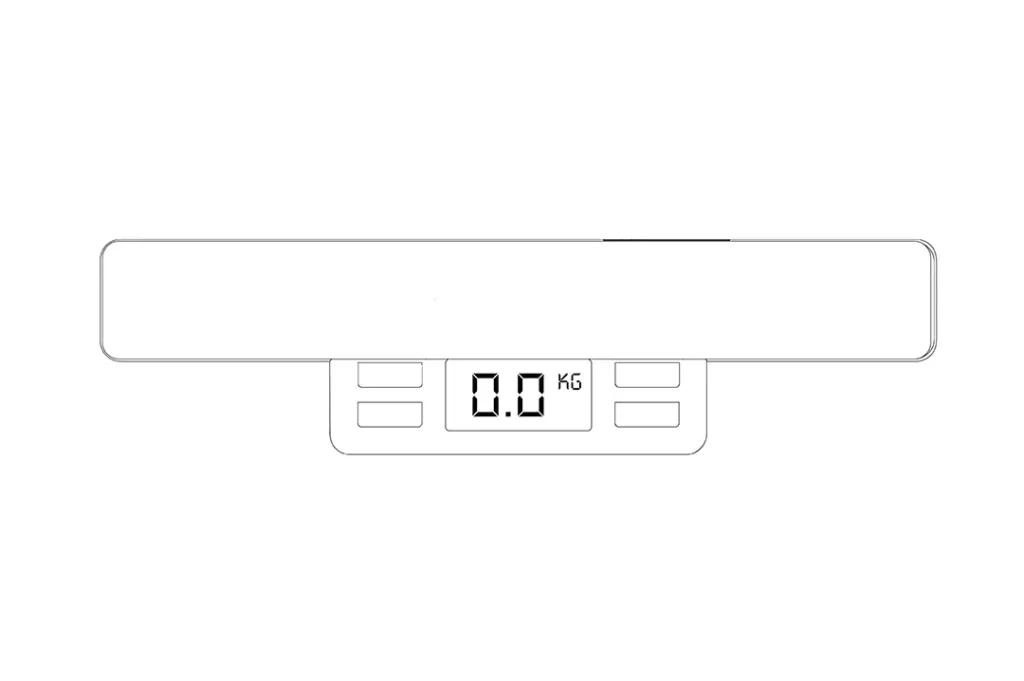
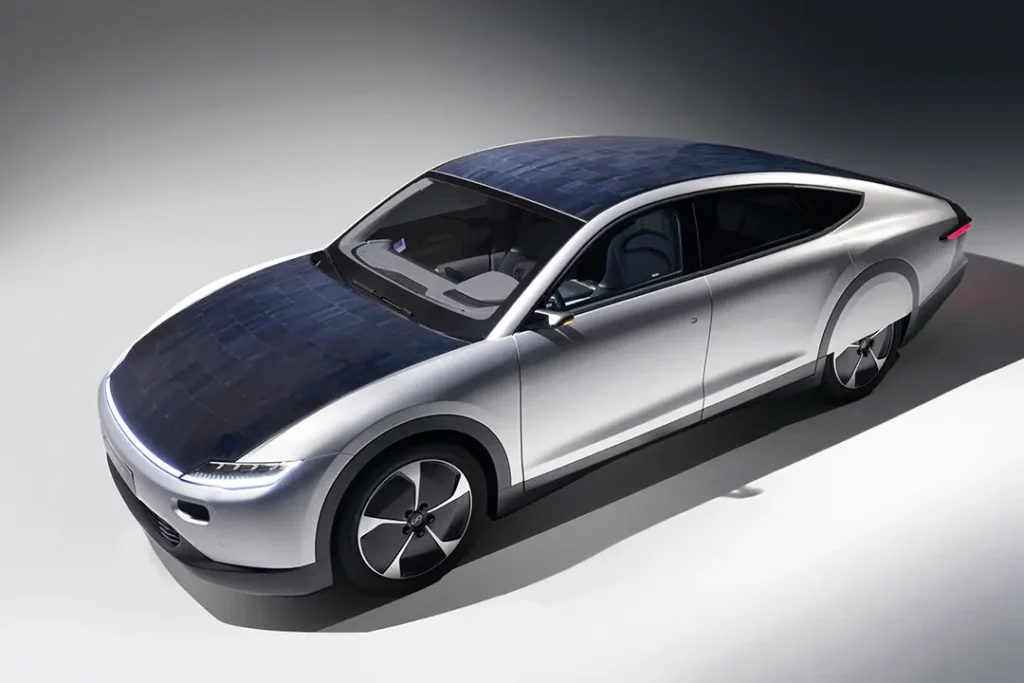
Freedom To Operate Research
FTO research involves researching existing patents/models in order to make sure there are no legal issues associated with launching a particular product. This type of research is highly recommended by ManGo (even if you have no desire for your own product patent) before taking any steps towards taking an idea from concept all the way through to production.
Model registration
Model registration is similar to patenting a product but differs in several key aspects. First of all, model registration only applies to non-functional aspects of a product such as its shape or appearance. Secondly, model registration does not give its holder exclusive rights over their invention; instead, it provides them with legal protection against third parties who attempt to copy their product without permission. Model registration also typically lasts less than 10 years whereas patents last up to 20 years or more. Finally, model registration is a lot cheaper than product patents as well as easier and faster to obtain.
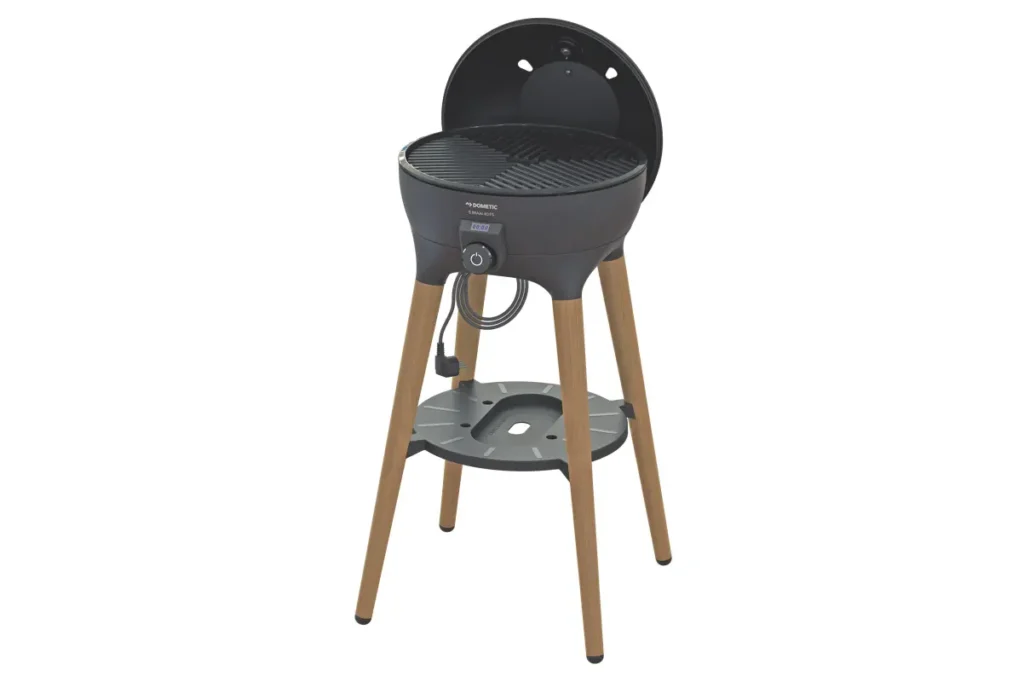
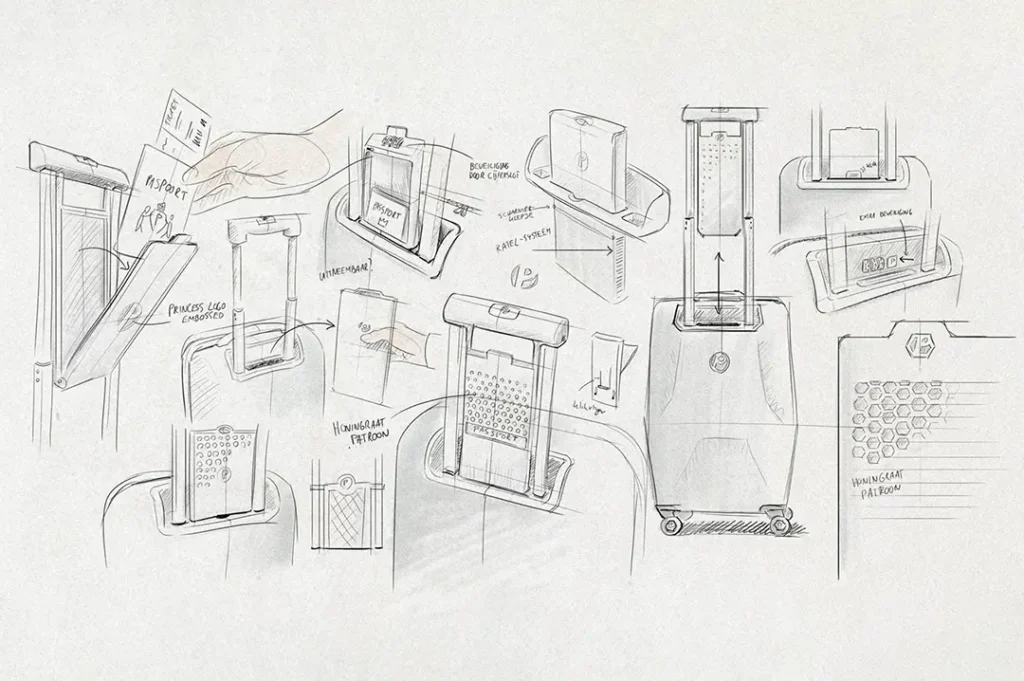
Patent costs
The cost of patenting a product can vary depending on the complexity of the item being patented and the countries in which you want to have it registered. On average, filing fees for product patents can range anywhere from several hundred to tens of thousands of euro’s, depending on the type of patent you are attempting to obtain. There are also additional costs associated with protecting your invention such as expert witness fees, legal representation fees, and research costs. It’s important to note that these costs can add up quickly, so make sure you understand all of the associated costs before taking any action.
The fees for a patent application filed internationally (also known as PCT procedure via WIPO) is around € 3.000,-. This provides the right to file a further patent application in almost any relevant country in the world. Basically, you buy time (30 months) for the decision to file a patent on your invention in other countries, and the right to do so. Filing a product patent application first in Europe via European Patent Office (EPO) is also a possibility, but then you will have to decide within a year if you want to have a patent application outside of Europe. First filing of a European patent, however, is slightly more expensive with regard to fees.
Besides fees the further procedures requires answering to communications of EPO, and maybe additional fees arise when there are many claims, so total costs may add up to € 6.000,- just on mandatory fees. Furthermore, there are: labor costs of patent attorneys, writing of the patent by a specialist and creating the patent artwork. Adding all these costs can amount up to € 25.000,- just to patent an idea! This is also why many companies choose not to patent their inventions as sometimes money is better spent on the development or marketing. You can see it is a decision not to be taken lightly; ManGo can advise what strategy would be most suitable regarding patenting an invention or perhaps to refrain from it.
Patent benefits
One of the primary benefits of patenting a product is that it grants exclusive rights over its manufacture, use, or sale to its inventor for up to 20 years after registration. This means that if someone attempts to copy your patent idea without your permission, you can legally pursue them for damages in court. Besides protection it is also allows you to sell or license out your invention patent, with possible substantial profits from doing so. Having a product patent can also increase your brand value and add credibility. Which can be useful if you need venture capital funding or other types of investments in order to launch your product.
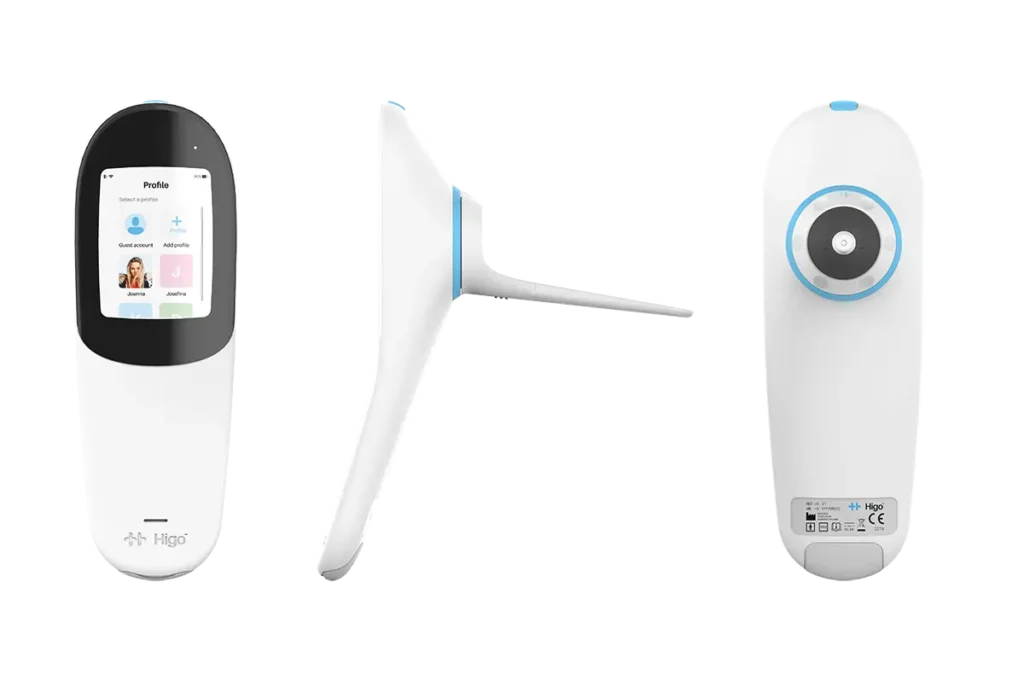
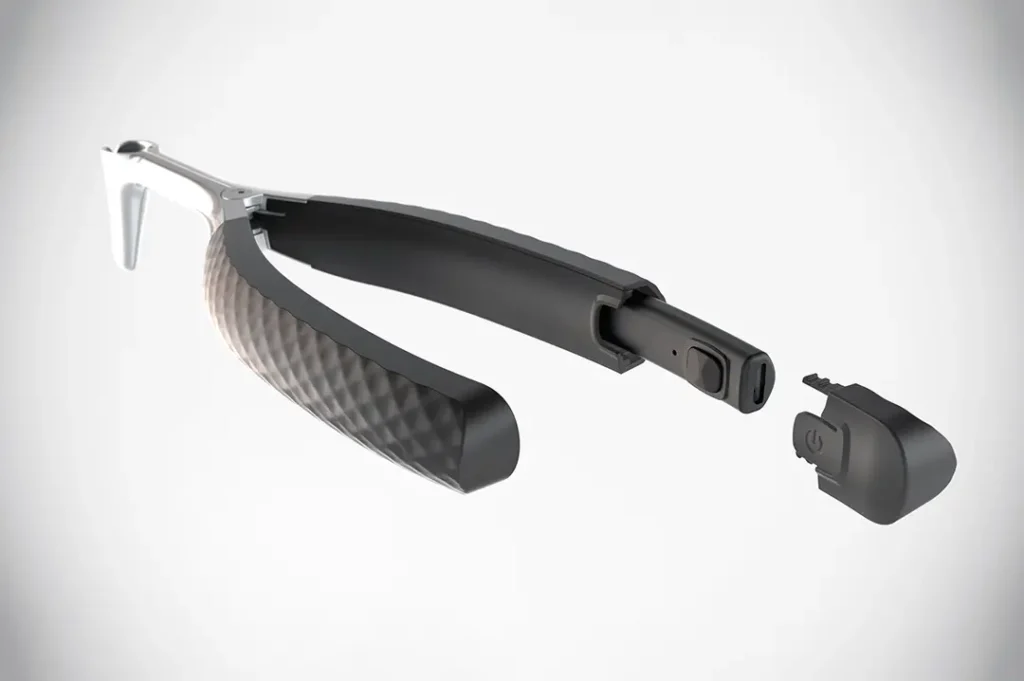
Patent drawbacks
Patenting a product is not an easy process and there are several drawbacks. One issue that many inventors have encountered is that when they attempt to register their invention, they discover there are already similar patents on file which prevent them from getting their own patent idea approved. In such cases applicants must either modify their designs or abandon their efforts entirely which can be both time consuming and expensive. Something ManGo can assist clients with to avoid this from happening. If other patents do not form obstacles, getting a patent on an invention always requires considerable time, money and effort. Which could take away from other areas of business development such as marketing and sales. Also, product patents require continual maintenance which means paying for renewal fees every few years in order for them to remain valid during their lifetime—which could add up significantly over time. Once a patent has been granted its owner must remain vigilant about enforcing their rights and remain on the lookout for copycats.
Conclusion
Patenting your product can be an effective way to protect yourself from copycats while increasing brand value and gaining potential investment opportunities down the road—but it’s important that you do your due diligence first in order to understand all associated costs and potential risks involved with pursuing this route before taking any action. ManGo can assist in your research to enable you to make an informed decision about getting a patent on an invention.
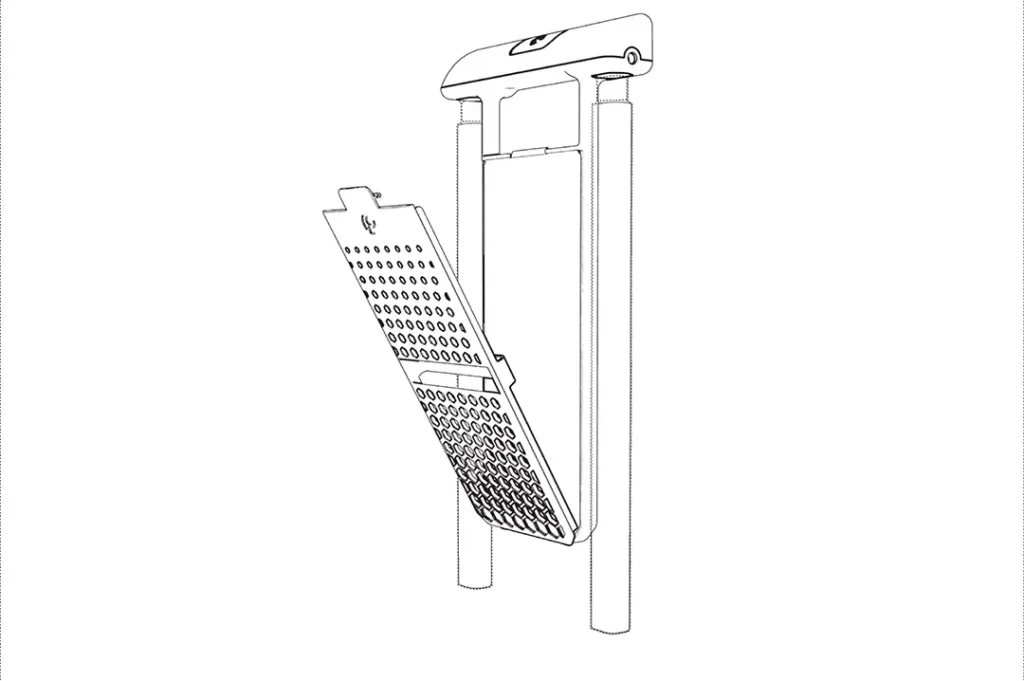
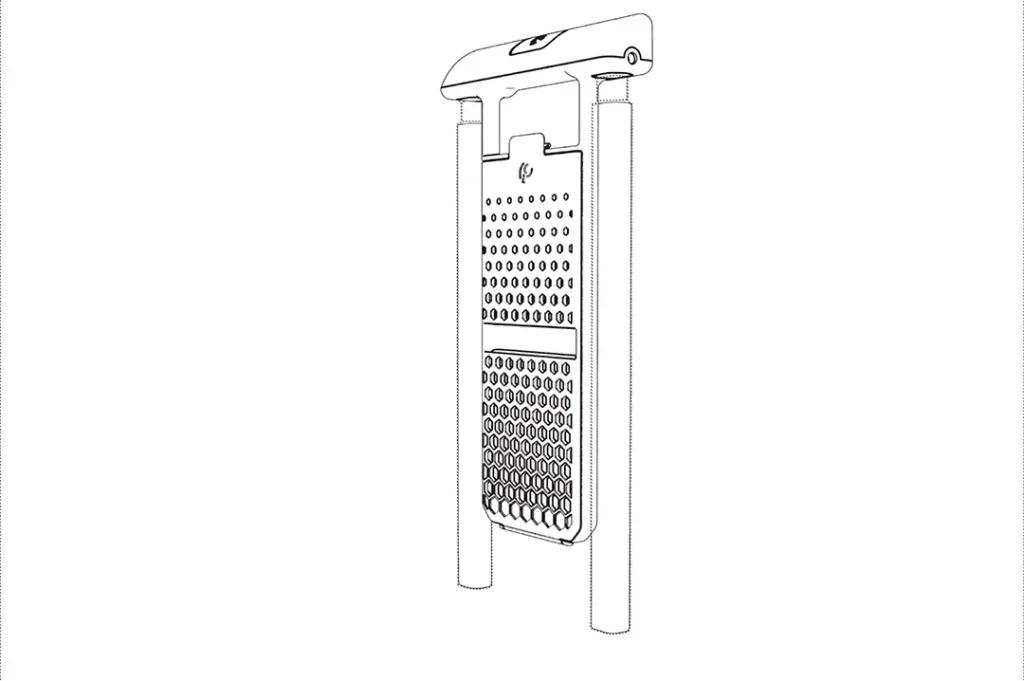
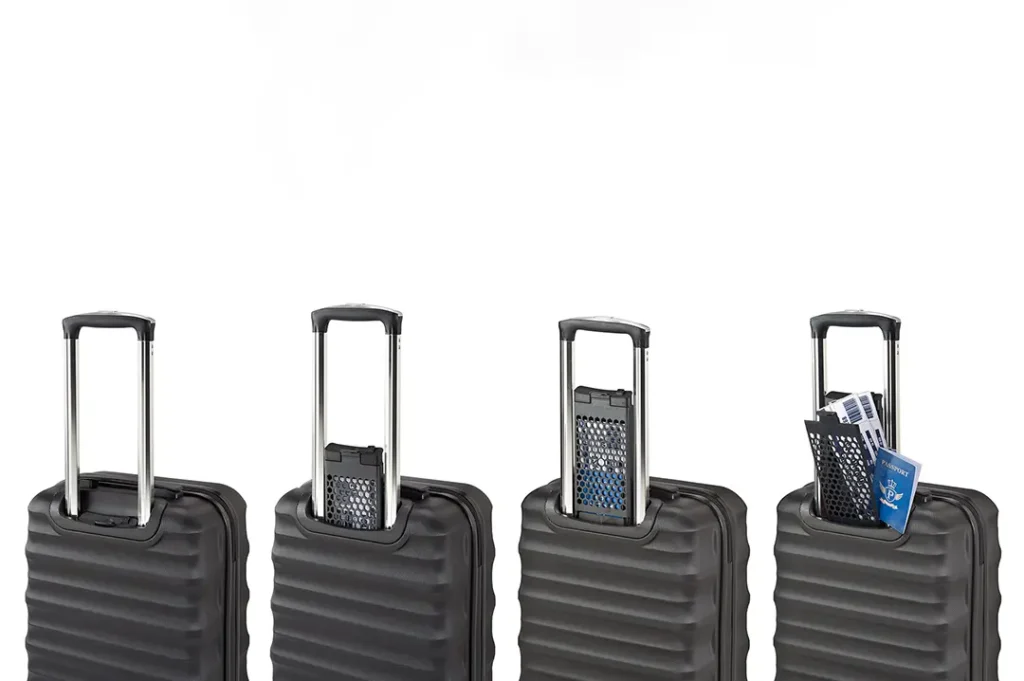
More information
Do you have a product invention and not sure how to patent it? Contact us by phone, our online form or send an e-mail to: